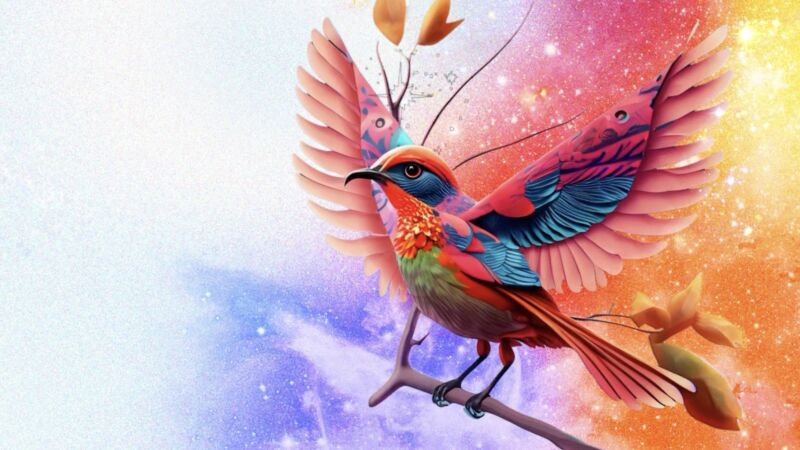2 weeks ago Adobe, a software company known for its multimedia and creativity software products, launched its AI tool Firefly (Herijgers, 2023). Firefly is able to generate visuals and effects from user-text input in all Adobe products. Now, of course AI-generated imagery is nothing new. In class, we even discussed DALL-E2, the AI from OpenAI, which has been able to generate text-to-image for over a year. With such a strong competitor, and many other emerging companies out there, what prompted Adobe to enter this market?
Having previously worked in design, I was intrigued by the introduction of the Firefly project ever since Adobe first announced it back in March 2023. As a bit of backstory: almost all branding, designing and editing is done through Adobe software: for example through InDesign, Photoshop, After Effects or Illustrator. Back when I used these tools two years ago, generative AI was nowhere near the level it’s at right now, and using it for designing purposes was not possible. I spent many painstaking days editing the details of some templates and becoming increasingly furious when it didn’t work. Having Dall-E or Firefly would have saved me countless hours and a great deal of frustration.
Many marketeers, editors and designers have experienced this frustration and as a result, generative AI has been embraced in the industry. As of right now, GenAi tools are used for a lot of the practical work to do with designing and marketing, leaving writers and editors with more time to do research, ideation and strategy (Davenport & Mittal, 2022).
The biggest player in the AI-media market, Dall-E2, is at the forefront of disrupting industries (Kipling Media, n.d.). One of its main advantages is its compatibility and experience with OpenAI products such as ChatGPT (Oskar, 2023). A crucial disadvantage of Dall-E2 is that it was trained on copyrighted materials. The newcomer, Firefly on the other hand was trained using non-copyrighted data. This makes its generated output less susceptible to copyright claims from original creators than Dall-E2’s output. Moreover, Firefly has the advantage of compatibility with Adobe software, the tools that most designers/marketeers/editors use (Oskar, 2023).
Even though there have been many more GenAI imagery tools, I think the introduction of Firefly finally introduced a worthy competitor to Dall-E2. Firefly’s compatibility with Adobe’s software makes it the obvious choice for employees already using these tools, but its training and capabilities aren’t as sophisticated as Dall-E2’s yet. Competition is brewing, and it will be interesting to see the players and market evolve over the coming years.
Sources:
Davenport, T. H., & Mittal, N. (2022, November 14). How generative AI is changing creative work. Harvard Business Review. https://hbr.org/2022/11/how-generative-ai-is-changing-creative-work
Herijgers, L. (2023). Adobe rolt AI-tool Firefly verder uit en lanceert GenStudio voor Enterprises. Techzine.nl. https://www.techzine.nl/nieuws/applications/530815/adobe-rolt-ai-tool-firefly-verder-uit-en-lanceert-genstudio-voor-enterprises/
Kipling Media. (2023). DALL-E: Disrupting the design industry. Kipling Media. https://kiplingmedia.com/dalle-disrupting-the-design-industry/#:~:text=very%20fitting%20name.-,What%20industries%20could%20DALL%2DE%20disrupt%3F,the%20cost%20of%20said%20assets.
Oskar. (2023, March 26). AI content generation battle: Adobe Firefly vs Open AI DALL E. Medium. https://medium.com/@oskarv/ai-content-generation-battle-adobe-firefly-vs-open-ai-dall-e-5b6df0cd923a#:~:text=While%20DALL%20E’s%20has%20an,non%2DAdobe%2Downed%20applications.

